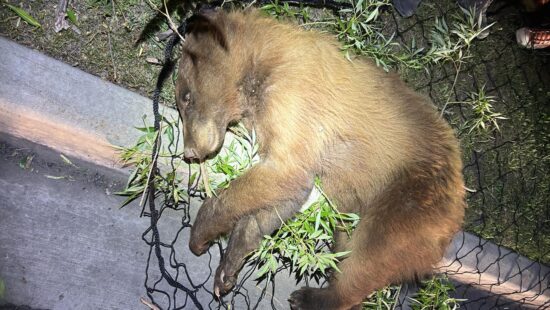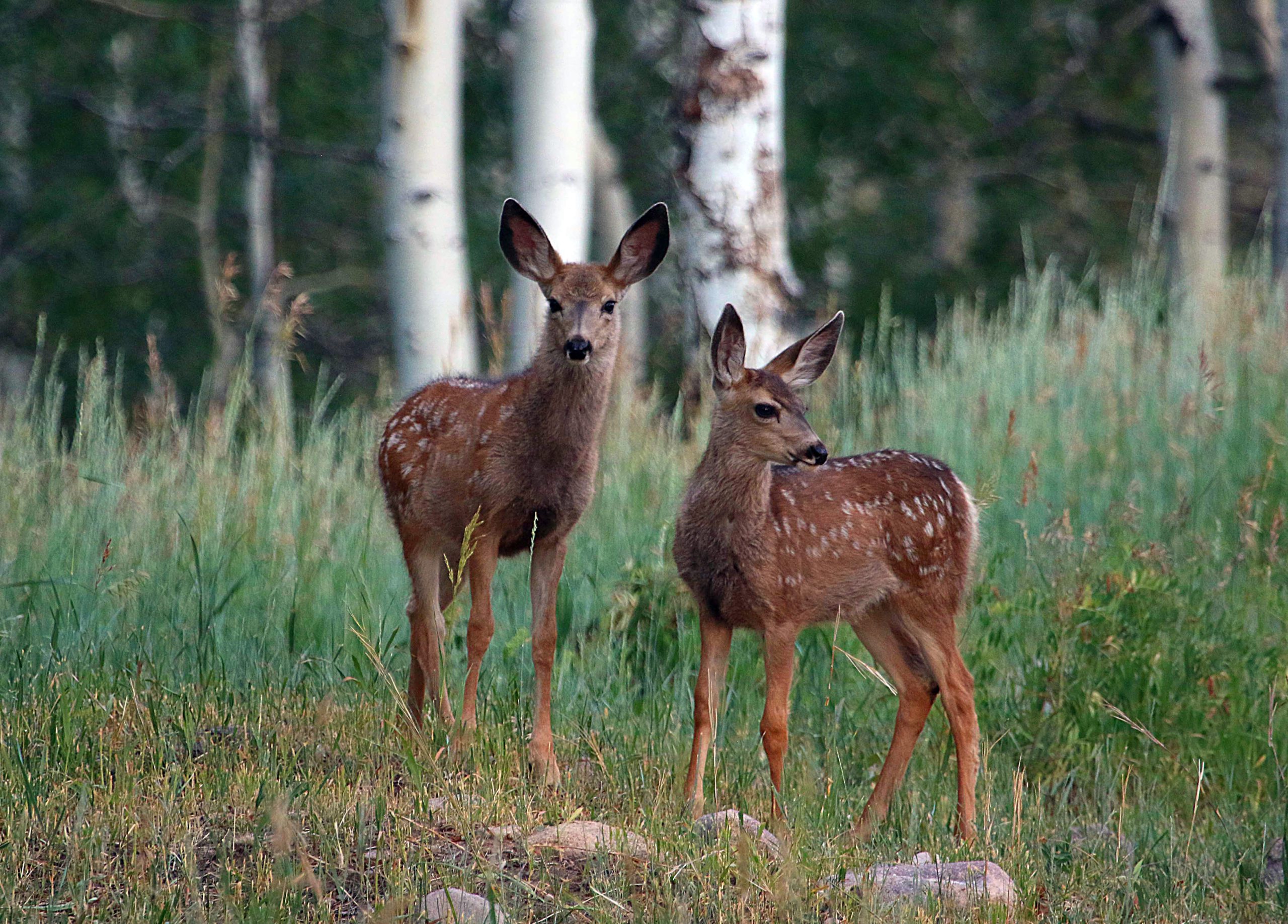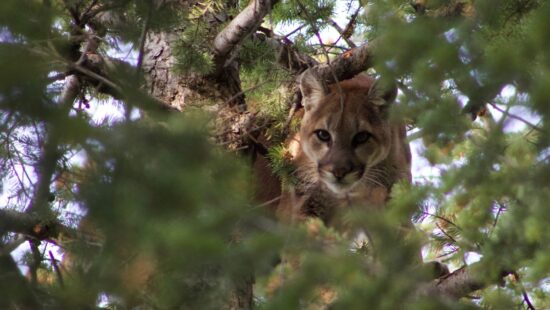Arts & Entertainment
How the California gull became Utah’s state bird
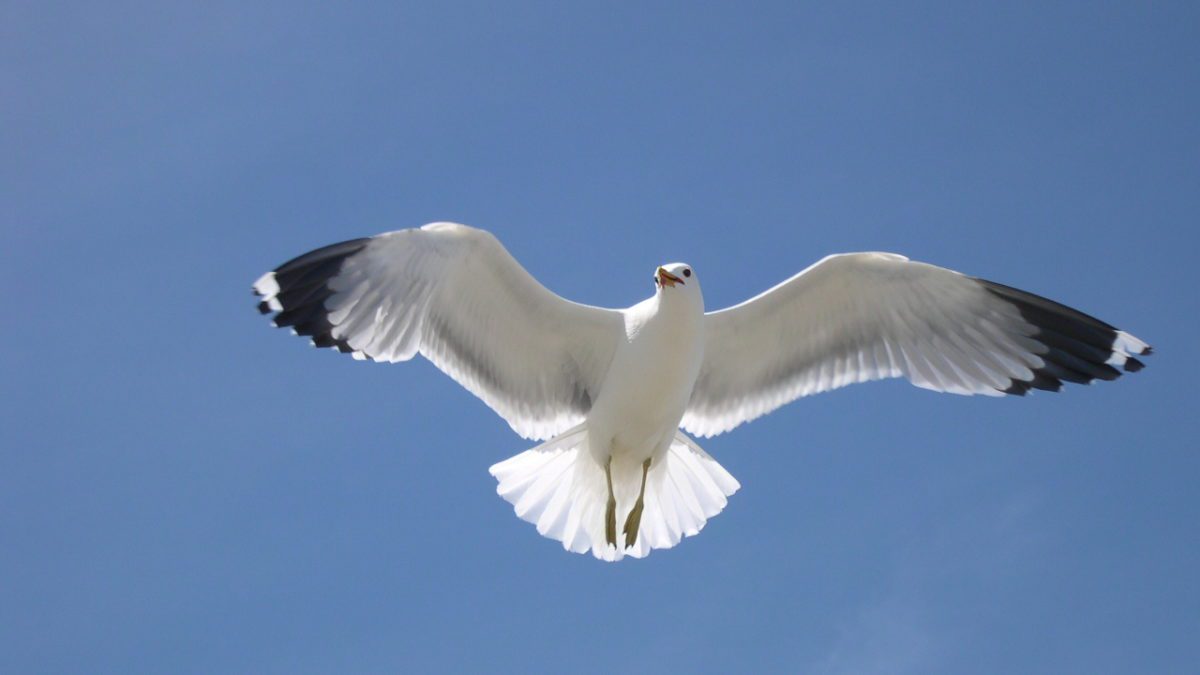
Read on to learn why the California gull is Utah's state bird. Photo: courtesy John Luft and DWR.
GREAT SALT LAKE, Utah — The California Gull was named Utah’s state bird in 1955. It’s curious that the Utah bird would have another state’s name attached to it, but great significance has been prescribed to the bird. The first explanation can be described as perhaps mythical in nature, and the second is more pragmatic.
In 1847, about 1,700 Mormon pioneers arrived in the Salt Lake Valley to settle the land for the following groups of settlers. Immediately, the settlers got to work homesteading and planting much-needed crops. Initially, the crops struggled due to unexpected frosts. Then the crickets came in May 1848.
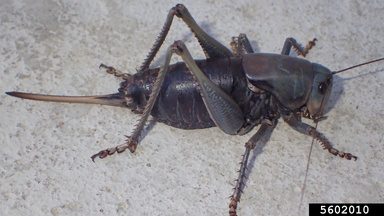
Oft referred to as the Cricket War of 1848, hordes of what are now known as Mormon crickets abounded on the settlers’ beans, corn, wheat, peas, squash, millet, and other varietals.
Pioneer William Clayton claimed in his diary, “The ground seems literally alive with very large black crickets crawling around up grass and bushes.”
Many diarists commented on the never-ending brigade of crickets feasting on their crops day after day, hour after hour for weeks.
“We have grappled with the frost…but today to our utter astonishment, the crickets came by the millions, sweeping everything before them,” wrote Mrs. Lorenzo Dow Young.
The situation seemed so dire that settlers reported back to Brigham Young to not bring any more Mormons for fear of starvation. Other settlers thought of or went through with continuing the pilgrimage to California.
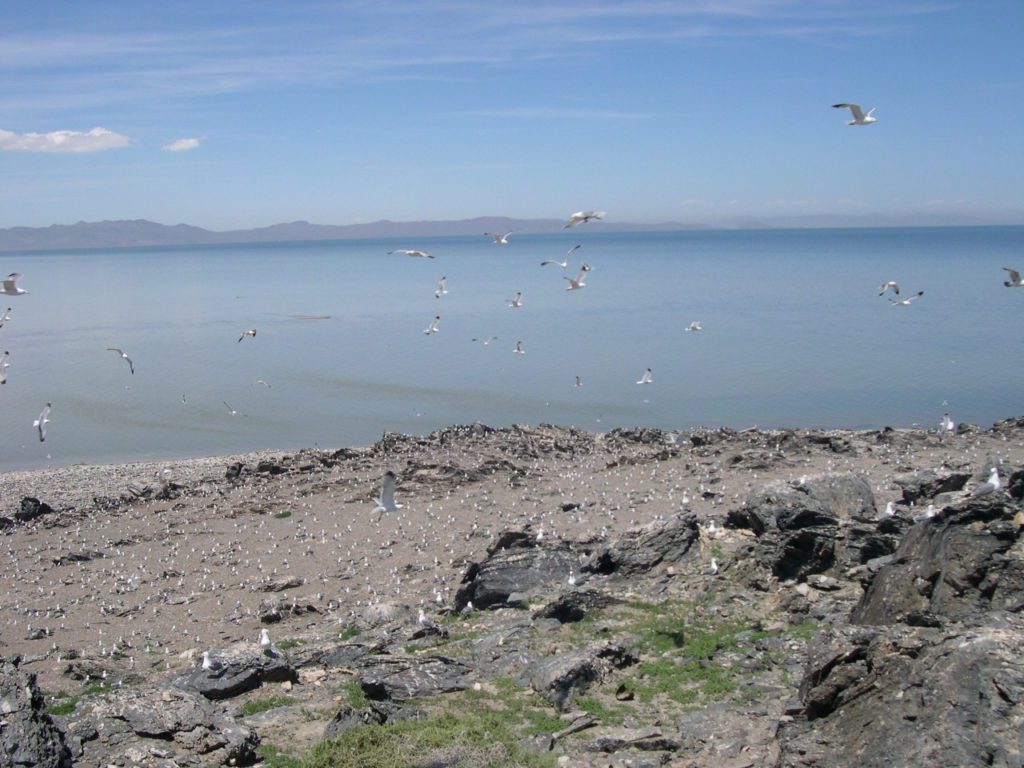
That is until the gulls came. The earliest documented mention of the gulls is June 9 in a letter to Brigham Young.
“The sea gulls have come in large flocks from the lake and sweep the crickets as they go; it seems the hand of the Lord is in our favor,” said valley leaders to Brigham Young.
Between the gulls devouring crickets (and reportedly regurgitating them to continue feasting after) and the Mormons’ efforts to scare them away, enough crops were salvaged to avoid starvation.
Mormons made noise to scare the crickets, run back and forth across fields with rope to essentially close-line crickets off the crops, or simply used brooms or sticks to whack the crickets from feasting.
According to William C. Hartley in his book “The New Mormon History,” documentation of the gulls wasn’t as plentiful as the crickets.
He wrote, “from the first arrival of the pioneers until 1849 nowhere mentions the gulls, despite prominent notice paid to the cricket plague…Therefore the actual physical benefit brought by the gulls was not extensive as is popularly believed.”
The Sea Gull Monument erected in October 1913 in Temple Square in Salt Lake City shows the prominent symbolism of the gulls. In spite of the lack of documentation from Mormon diarists, there was no doubt an ideological shift in the narrative of ‘The Miracle of the Gulls.’
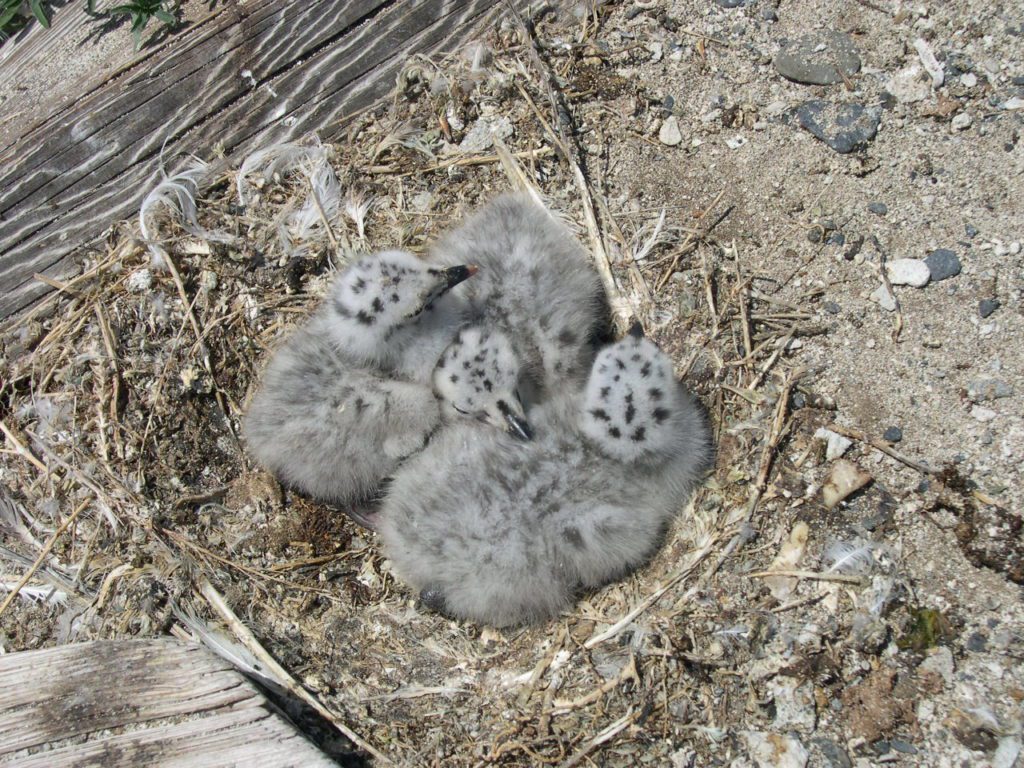
Biologically speaking, the California gull in 1848 was no stranger to the Salt Lake Valley, nor were Mormon crickets.
“We have the largest breeding population of California gulls anywhere,” said Great Salt Lake Ecosystem Program Manager John Luft. “We usually get about, or have documented, 160,000 breeding adults here at Great Salt Lake in different locations.”
Gunnison Island, Hat Island, Egg Island, and the Great Salt Lake are the primary breeding and nesting grounds for the California gull.
“Typically, they’re attracted to [the Great Salt Lake] because of the remote nature of most of the islands. They nest basically on top of each other; they will nest within a couple of feet of each other. But they need a remote location… because they don’t get disturbed, there’s little to no predator issues there.”
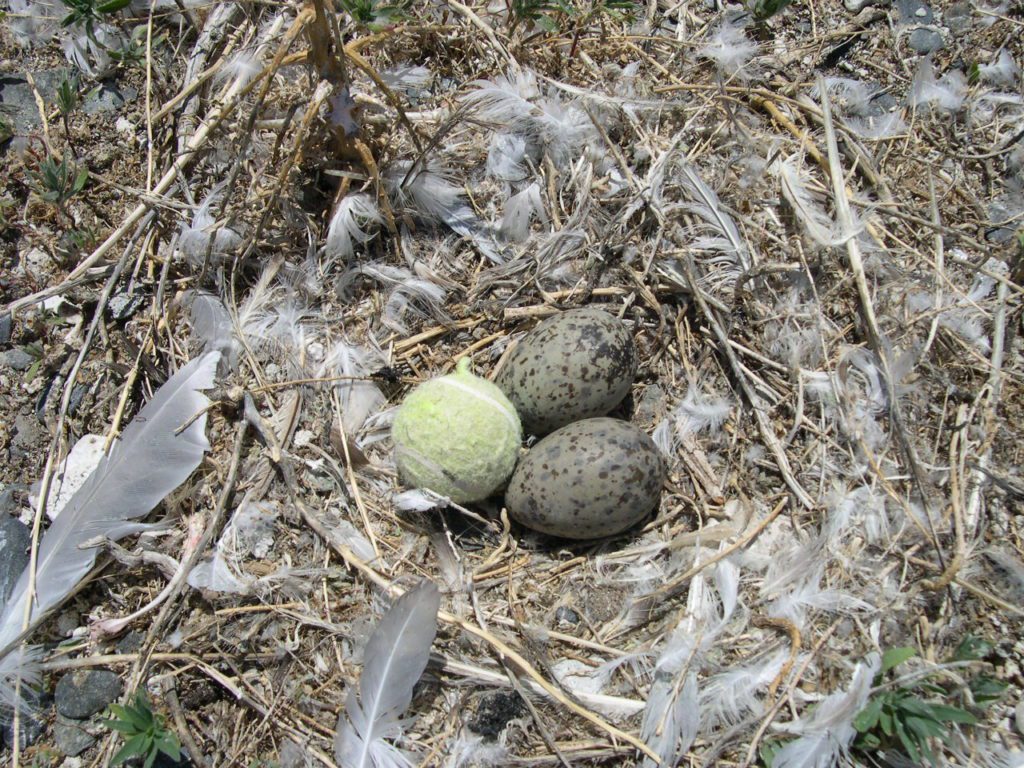
The gulls are colonial nesters and will nest within 2-3 feet of one another. Gulls will lay 2-3 eggs at a time, and both parents protect the nest. Luft explained that if both parents leave the nest the eggs and chicks would get eaten by fellow gulls. Eggs hatch after about 23 days, and after a few days, chicks can leave the nest and swim. Chicks cannot fly until around 45 days.
The Great Salt Lake provides excellent feeding with brine shrimp and brine flies, but California gulls are known to eat just about anything, whether it’s good or safe to eat or not.
“They’ll eat just about anything,” Luft said. Gulls can and will eat from dumps, garbage, and agricultural plots.
Most populations migrate, but the Great Salt Lake is one of the only places the gulls will populate year-round, according to Luft.
These omnivorous birds are known to eat insects and small vertebrates. They are prey to mammals like coyotes and raccoons but seem to find respite on the islands in the Great Salt Lake. The oldest recorded gull was 28 years old.
Miracle or not, the California gull remains a prominent symbol in Utah’s culture.















